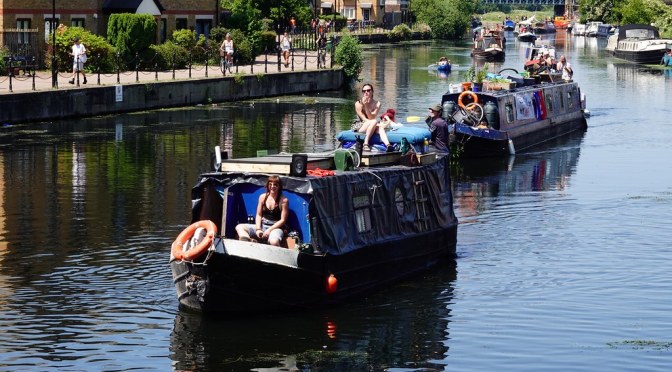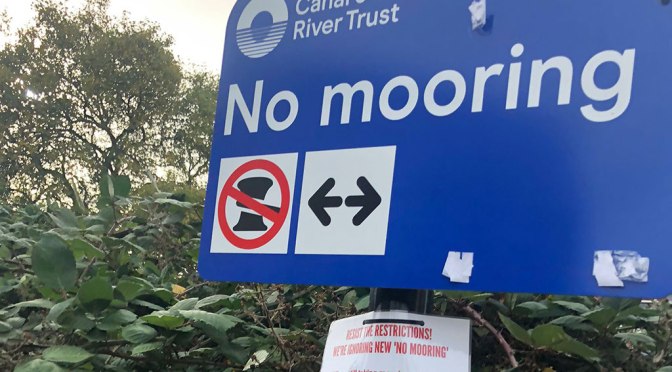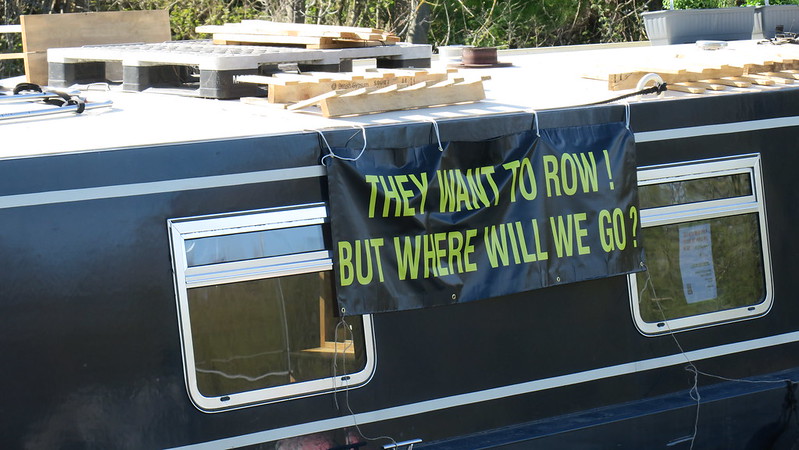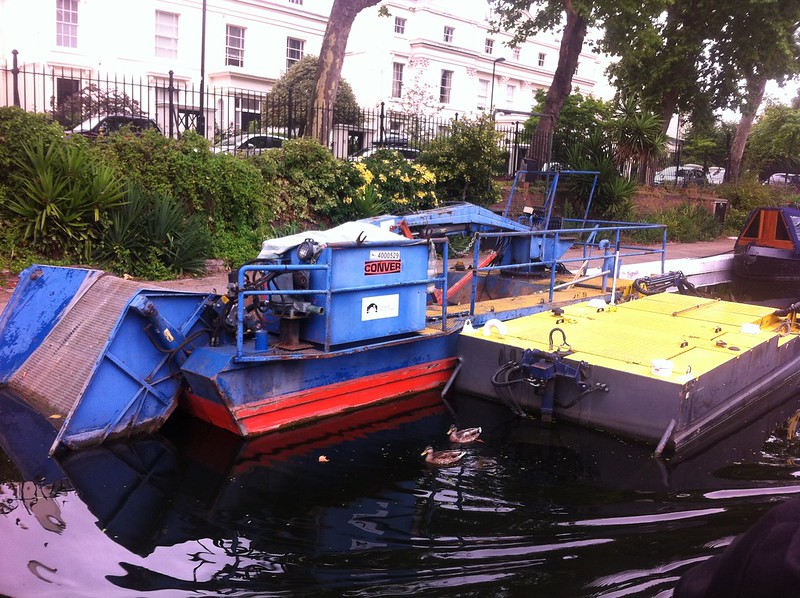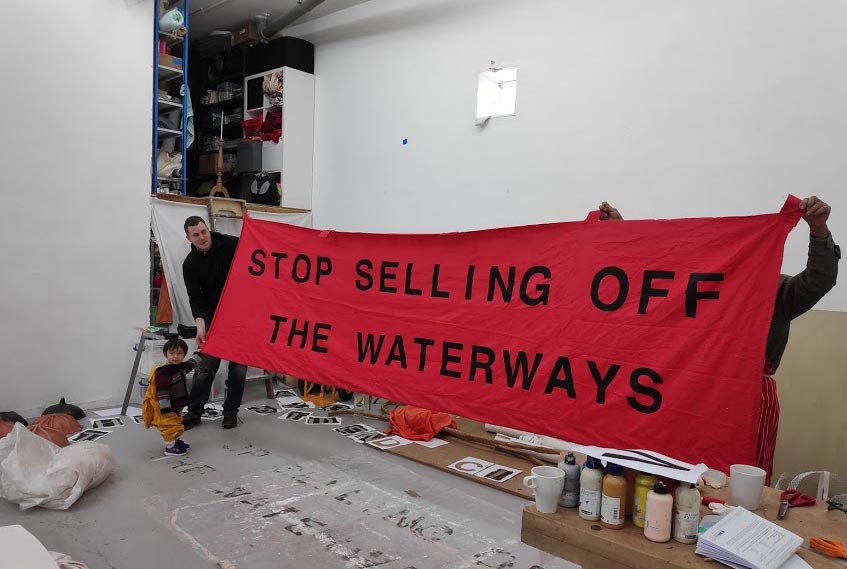In February earlier this year, the Canal and River Trust (CRT) sent out an email announcing their upcoming “Consultation on future boat licence pricing”. The preliminary email stated that the purpose of the consultation was “to gather feedback on boat licence pricing over the next ten years to help support the long-term future of the 2,000 miles of waterways”. Three weeks later, boaters started to receive the invitation to the consultation from a company called DJS Research, who CRT had employed to undertake the process. In our invitation, we were told in no uncertain terms that CRT will be raising the boat licence fee “by more than the rate of inflation for the foreseeable future” and what CRT supposedly wanted from us was to help them find the “fairest way to apply these increases”.
Reeling from the shock of being told our licence fees will increase yet again, we cautiously opened the survey only to discover an extremely leading, divisive and biased set of questions, heavily aimed at raising the licence fee for boats without a home mooring specifically. Knowing that this consultation went out to all boaters, those with and without home moorings, the consultation felt very much like it was pitting boater against boater.

In two out the first three questions, it was suggested that the licence fee for boats without home moorings should rise. A third question focused specifically on whether it is more or less reasonable to charge higher fees for “continuous cruisers”, with no option of saying “not reasonable in the slightest”. The questions in this survey were clearly implying that boats without home moorings should be priced differently to boats with home moorings. CRT may as well have asked: “Should we raise the licence fee for: a) continuous cruisers; b) boats without home moorings; or; c) itinerant boat dwellers?”.
As such, the NBTA saw the potential results of this consultation as a direct threat to our community, so we produced a set of suggested answers to all the questions. Our suggestions aimed to provide answers that would not divide boaters and instead encourage every boater to stand together in the face of rising fees, the opposite to what CRT seemed to be driving at with their questions. Our campaign was nationwide; information leaflets detailing the threat of the consultation were distributed across the CRT network, and we had a huge social media outreach drive. We hope that we managed to reach boaters everywhere, and thwart the very biased views CRT were pushing.

This consultation seemed to be yet another part of CRT’s continued assault on the itinerant boat dweller community and their bid to force us off the waterways. and of course there is their history of attempting to raise licence fees for itinerant boaters specifically (you can read about these in detail here). When the numerous aspects of this sustained effort are considered, it is not hard to see a pattern emerge. CRT have taken away facilities, mooring rings and bollards, and mooring spaces (only to replace them with bookable moorings in some cases), and of course there is their history of attempting to raise licence fees for itinerant boaters specifically (see the history article in this newsletter for more details). Itinerant boat dwellers have been targeted by CRT for decades, and if they get away with pricing boats without home moorings differently to those with home moorings, they will be able to price itinerant boaters out of existence.
The results of the consultation are now due to be published in October 2023. If CRT decide to use their survey to justify a decision that has harmful consequences for our community, we will show them that that would be more trouble than it’s worth.

The NBTA would like to thank everyone who filled in CRT’s leading and divisive survey. Thank you to everyone who helped encourage others to fill it in, to the people who put it on social media, to those who chatted to people, and especially to the people who handed out the ‘Don’t let CRT price us off the water’ leaflet across the CRT network. Together, we are a strong community who will not be bullied off the waterways.
NBTA London needs your support to carry on our work. Please get in touch here if you would like to volunteer with us. Alternatively your donations are vital to us supporting boaters with their legal case work, campaign banners and other printed material as well as events. You can help us with your donations online here

